This post may contain affiliate links. Please read our disclosure policy.
Learn how to make Dan Dan Mian (spicy Sichuan noodles) at home with bold, savory, and numbing flavors. Quick, satisfying, and easier than you think.
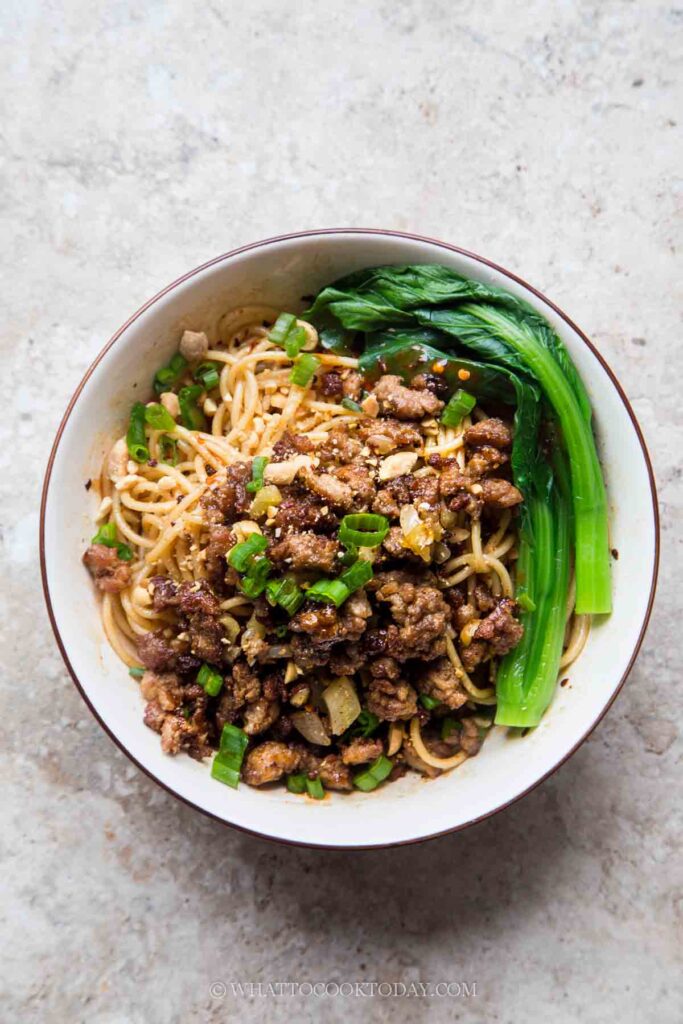
Dan Dan Mian (担担面) is one of those dishes that instantly ignites the senses—from the aromatic chili oil to the tingling numbing spice of Sichuan peppercorns. It’s bold, savory, nutty, and deeply satisfying—everything I love about Sichuan cuisine in one slurp-worthy bowl. While I’ve never been to Chengdu, where this dish originated, Dan Dan Mian has always fascinated me. Traditionally sold by street vendors carrying a pole (dan dan) with baskets of noodles and sauce, it started as humble street food and evolved into the rich, complex dish that has become beloved worldwide.
Why You’ll Like This Recipe
1. It delivers restaurant-quality flavor at home with accessible ingredients.
2. The perfect balance of spicy, savory, nutty, and tangy in every bite.
3. You can customize the heat level and protein to your preference.
4. The noodles come together quickly—great for a weeknight dinner or when a spicy craving hits.
5. It’s a fun way to explore Sichuan cuisine without being overly complicated.
Dan Dan Mian (Spicy Sichuan Noodles)
Ingredients
- 2 tsp Sichuan peppercorns
For the sauce:
- ¼ cup cooking oil
- 1 Tbsp Sichuan chili flakes
- ¼ tsp ground cinnamon
- 2 Tbsp soy sauce
- 1 tsp chinkiang vinegar
- 2 tsp sweet bean sauce tian mian jiang or use hoisin sauce in a pinch
- 2 tsp sugar
- 2 Tbsp sesame paste or 2 tsp tahini with 2 tsp sesame oil
For the pork:
- 2 tsp cooking oil divided
- 224 g ground pork preferrably lean
- 3 cloves garlic minced
- 112 g ya cai see my post below for substitutions
- 1 Tbsp Shaoxing wine
- 1 Tbsp soy sauce
Serve with:
- 450 g fresh wheat noodles
- 120 g greens baby bok choy, yu choy, or your favorite greens
- 60 g mungbean sprouts
- 40 g roasted unsalted peanuts gently crushed
- 2 stalks scallions finely chopped
Instructions
- You can read more details on ingredients, substitutions, variations, and other tips in my post that may answer your questions not covered in the recipe card
Toast Sichuan peppercorns:
- Place the peppercorns on a dry pan over medium-high heat and toast until fragrant, about a minute or so. Remove from the heat. Grind with mortar or pestle or with a spice grinder into a fine powder2 tsp Sichuan peppercorns
Making the sauce:
- Place 1/4 cup of oil, Sichuan chili flakes, finely ground Sichuan peppercorns you prepared earlier, ground cinnamon in a large wok or skillet over low heat for 10 minutes. Remove from the wok or skillet into a bowl1/4 cup cooking oil, 1 Tbsp Sichuan chili flakes, 1/4 tsp ground cinnamon

- Add soy sauce, chinkiang black vinegar, sweet bean sauce, sugar, and sesame paste. Whisk until sugar dissolves and everything is combined2 Tbsp soy sauce, 1 tsp chinkiang vinegar, 2 tsp sweet bean sauce, 2 tsp sugar, 2 Tbsp sesame paste

- Divide the sauce evenly into 4 serving bowls
Cooking the meat:
- To the same wok, add 1 tsp of oil. Add the pork and spread the meat into one layer and break the chunk of meat up with your spatula. Continue to stir fry until the meat has some crisp edges and browned on some spots.2 tsp cooking oil, 224 g ground pork


- Push the meat to the side and add minced garlic and 1 tsp of oil and stir fry for about 30 seconds. Add the preserve mustard and stir fry for another minute. Then combine with the pork. Add the Shaoxing wine and soy sauce and continue to stir fry for another minute. Then remove from the wok/skillet3 cloves garlic, 112 g ya cai, 1 Tbsp Shaoxing wine, 1 Tbsp soy sauce



Cook the veggies and noodles:
- Bring a large pot of water to a boil. Add 1/2 tsp of salt. Add the greens and cook for about 1 minute or less and then use a spider skimmer or slotted spoon to remove from the pot120 g greens, 60 g mungbean sprouts

- Transfer to a bowl of ice water to stop the cooking process.

- To the same boiling water, add mung bean sprouts (if using, I didn't) and cook for about 10-15 seconds and then remove from the water using a spider skimmer or slotted spoon again
- Bring the water back to a boil. Add the noodles and cook until al dente (firm to bite) or according to the instruction on the package. Do not overcook the noodles. Reserve about 1/2 cup of the liquid from cooking noodles. Drain the rest off the liquid.450 g fresh wheat noodles
Putting it together and serve:
- Divide the noodles into individual serving bowl and toss with the sauce to coat the noodles. Divide the veggies among the bowls. Top with the meat toppings. Garnish with chopped green onion and serve immediately40 g roasted unsalted peanuts, 2 stalks scallions
*Nutrition facts are just estimates and calculated using online tools*
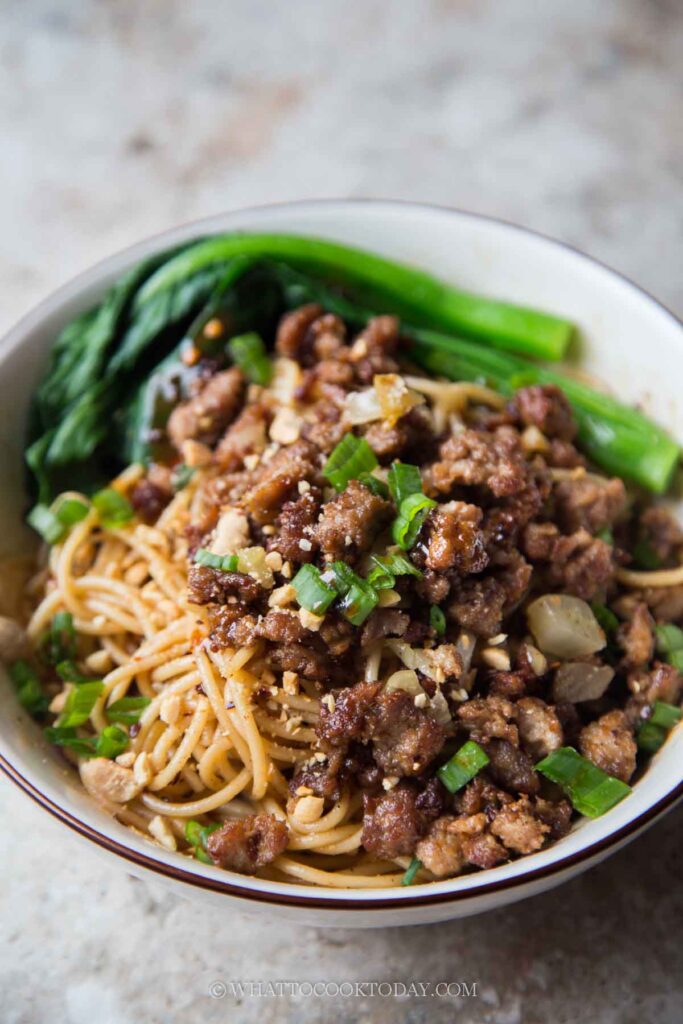
Key Ingredients
Dan Dan Mian is all about bold flavor. Here’s what makes it shine:
1. Chili Oil – Adds that fiery red color and deep, smoky heat. Homemade is best, but store-bought works too.
2. Sichuan Chili Flakes (辣椒面) – These are coarsely ground, fragrant chili flakes with a mild-to-medium heat. They’re not just spicy—they’re aromatic and slightly smoky, essential for authentic Sichuan chili oil.
3. Sichuan Peppercorns – Brings the signature “má” numbing sensation that defines Sichuan cooking.
4. Chinese Sesame Paste – Gives the sauce a rich, creamy, nutty backbone. Mixture of tahini and sesame oil is an okay substitute if you can’t find it.
5. Tian Mian Jiang (甜面酱) – A sweet fermented wheat paste that adds a deep umami flavor to the meat topping. It’s often compared to hoisin, but more complex and less sweet.
6. Preserved Mustard Greens (Ya Cai) – Salty, tangy, and slightly funky—they balance out the richness of the sauce. If you can’t find ya cai, use zha cai. They are both preserved mustard greens but zha cai is of Chongqing specialty and ya cai is Sichuan specialty. If you use zha cai, you may need to rinse it with water a bit to get rid of some of the saltiness. Zha cai is saltier than ya cai. If you can’t find both, you can just skip, but the dan dan noodles may not be the same
7. Chinese Black Vinegar – Adds acidity and a hint of molasses-like sweetness to balance the heat and fat. It gives the sauce that subtle edge that keeps you going back for more. You can use balsamic vinegar in a pinch, but it’s not quite the same
8. Minced Meat – Ground pork is traditional. Use lean pork if you can. We want the pork to cook to that crisp edges
9. Wheat Noodles – Fresh wheat noodles are ideal, but dried noodles are perfectly fine in a pinch.
Pro Tips
1. Layer the Sauce – When serving, add the sauce to the bottom of the bowl and then the noodles. This helps everything coat evenly when tossed.
2. Control the Heat – You can scale back on the chili oil or skip the Sichuan peppercorns for a milder version.
3. Make it Vegetarian – Use chopped mushrooms or plant-based ground meat instead of pork.
If you’ve ever craved the bold flavors of Sichuan cuisine but thought it was too complex to make at home—this is your sign to give it a try. Dan Dan Mian is satisfying, punchy, and deeply flavorful without being fussy. Once you get the hang of it, you’ll want to make it again and again. I hope it becomes one of those go-to dishes in your kitchen the way it has in mine.
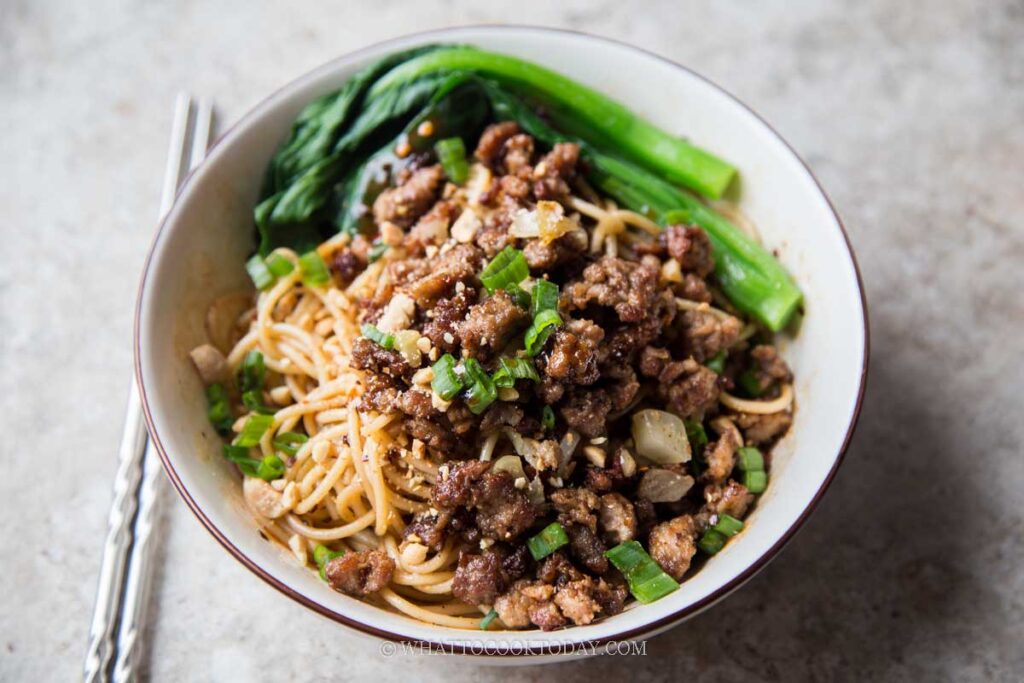
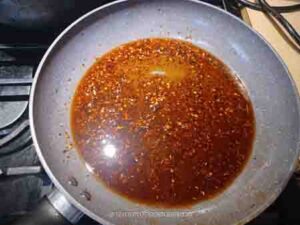
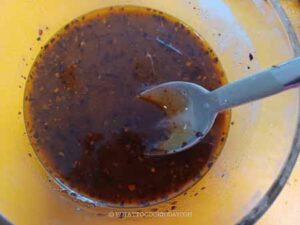
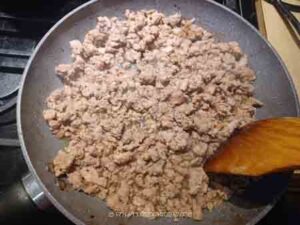
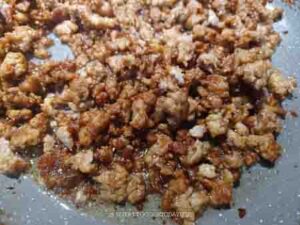
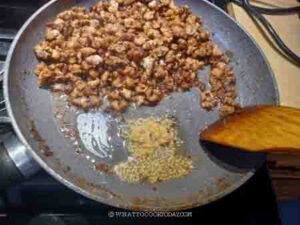
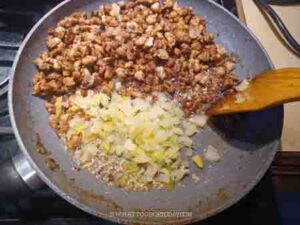
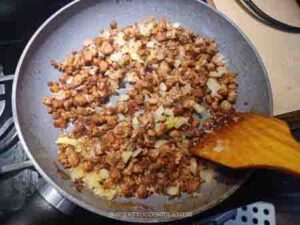
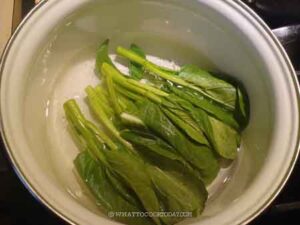
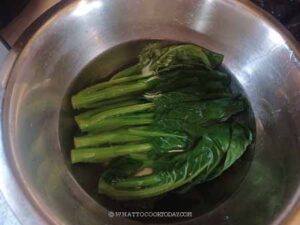

2 comments
Really fantastic! I love how good it is at any temp too, so it’s a great leftover or pack-lunch dish! I made a few substitutions (mainly so I could use up things I had in the fridge) such as using chili oil I already had made, turkey instead of pork (painful, but it’s still better than anything else with turkey lol), tahini (though it lacks the toasty-nutty flavor, oh well) and I used some dried noodles labeled as “Chow mein udon” (??? from the Asian-section in a non-Asian grocery). All this in mind, I think the results will be excellent even with a fair bit of flexibility.
I have to say you are the Master of using what you have in the fridge and make it work 😉 I’m glad it worked out for you and yes, I love this Dan Dan Mian cold or room temperature!